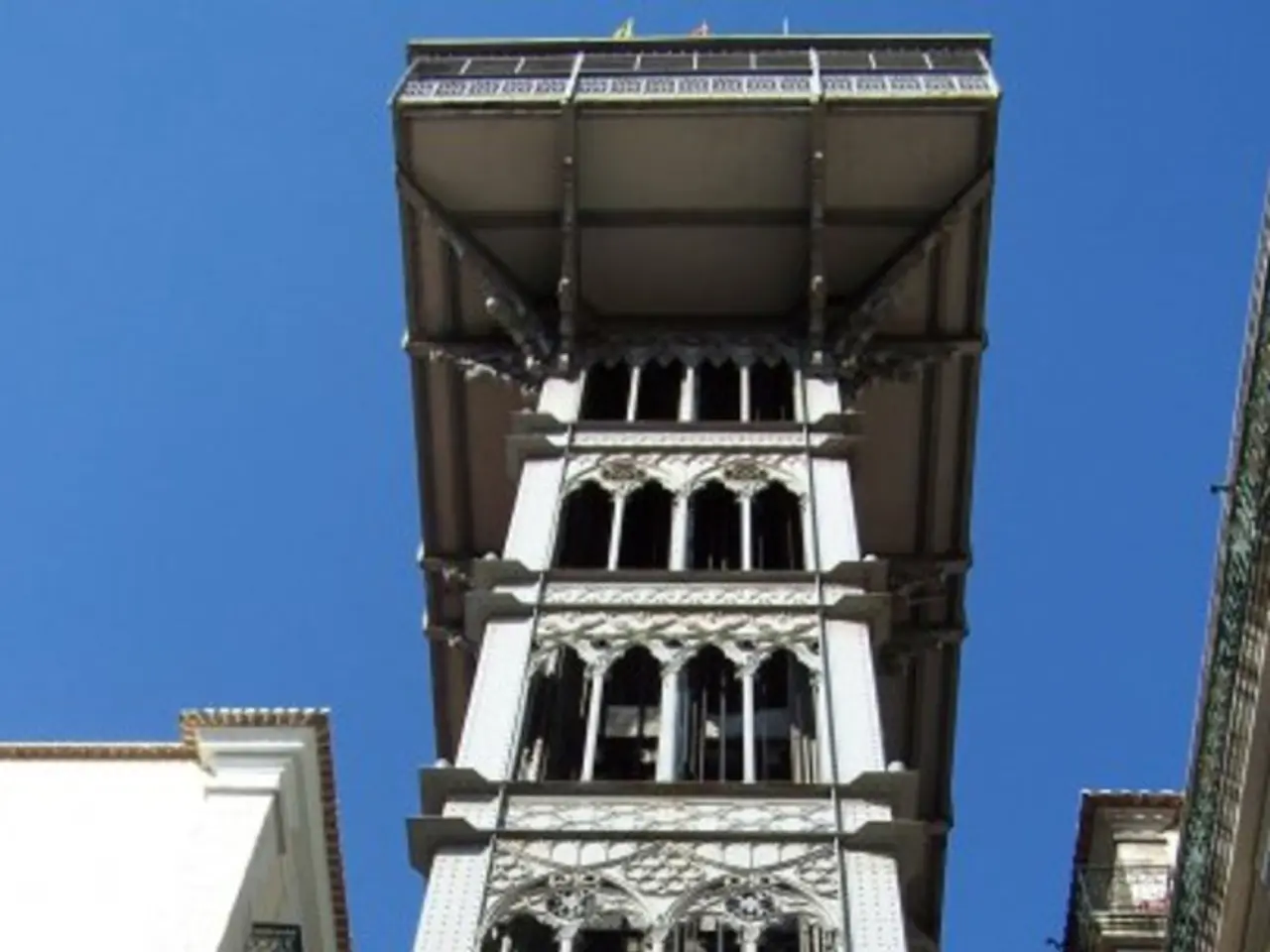Project aid amount remains undecided by the Commission
The French government has announced a new initiative to combat the natural phenomenon of clay shrinkage and swelling, which poses a significant risk to buildings and their inhabitants. A total of 30 million euros has been allocated as part of the third national adaptation plan to climate change (PNACC) for measures aimed at prevention.
The PNACC also aims to continue adapting the compensation regime for natural disasters to the specifics of the RGA. This comes as compensation for repairs and reactions once damages appear is made under the regime of "natural disasters", but many requests for disaster recognition are not successful.
The State will cover up to 90% of the costs for diagnostic and preventive work, up to a limit of 2,000 euros, depending on the beneficiary's income. This aid can be applied for through the simplified procedures platform from October, by registering and attaching necessary supporting documents.
The Bureau of Geological and Mining Research (BRGM) states that the result of clay shrinkage and swelling can be cracking facades, detaching garages or terraces, distortion of doors and windows, or disintegration of partitions. Georisks, the reference platform for risks in France, currently counts 48% of the French hexagonal territory in medium or high exposure zones to clay shrinkage and swelling, and a total of about 10 million individual houses exposed.
The ministries of Ecological Transition and Housing have noted that drought and rehydration cycles pose a significant risk to buildings. This risk has been increasing over the years, with the phenomenon accelerating under the influence of climate change, leading to thousands of individual houses being threatened every year.
In addition to this experimental aid scheme, since 2018, sellers and owners in areas with medium or high landslide risk are required to carry out a soil diagnosis before any sale of buildable land and a geotechnical study before each construction. Construction guidelines are also set in case of risk, and the search for preventive solutions is supported through the France 2030 call for projects.
The aid covers diagnostic and preventive work for houses with up to two dwellings, located in areas with strong exposure to landslides. The experimental aid scheme is available to owners of main residences in the departments of Allier, Alpes-de-Haute-Provence, Dordogne, Gers, Indre, Lot-et-Garonne, Meurthe-et-Moselle, Nord, Puy-de-Dôme, Tarn, and Tarn-et-Garonne, subject to income ceilings and other conditions.
From the last quarter of the year, beneficiaries will be accompanied to carry out a "vulnerability diagnosis" of their home. This initiative is part of the government's efforts to improve prevention of the phenomenon and provide support to those affected.
Since 1989, repair costs related to landslides have become "the main burden of the natural disaster compensation system," according to the Ministries of Ecology and Housing. This new scheme is a step towards addressing this issue and ensuring the safety of buildings and their inhabitants in France.
Read also:
- Peptide YY (PYY): Exploring its Role in Appetite Suppression, Intestinal Health, and Cognitive Links
- Toddler Health: Rotavirus Signs, Origins, and Potential Complications
- Digestive issues and heart discomfort: Root causes and associated health conditions
- House Infernos: Deadly Hazards Surpassing the Flames








